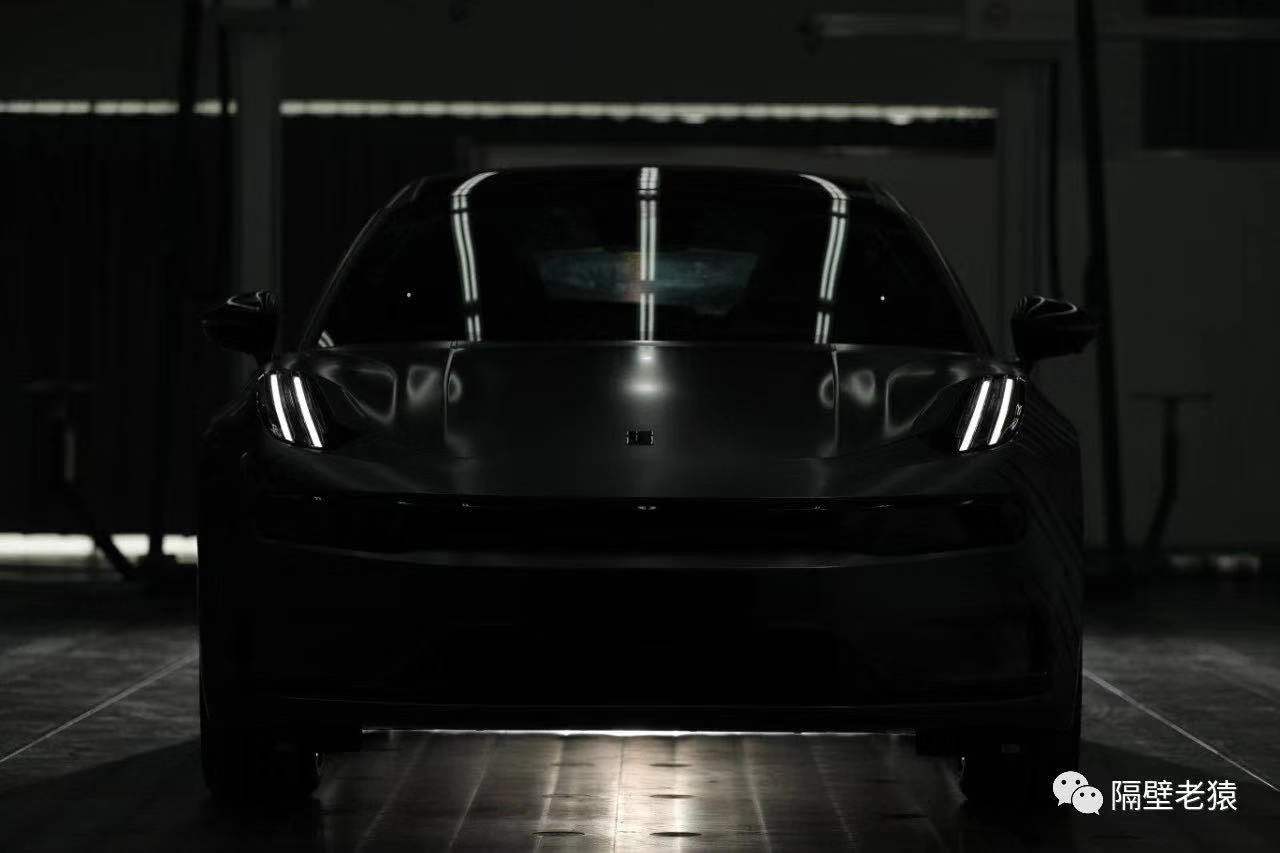The new energy vehicle industry is an old topic, but in recent years, there have been significant changes. Technological innovation, the popularity of infrastructure, and the elimination of some traditional car manufacturers are driving the industry towards a market-oriented approach.
Early new energy companies have the advantage, but traditional car manufacturers are not falling behind. They are also investing in new energy products, with a clear feature being the development of exclusive electrification platform architectures. Companies such as Volkswagen, General Motors, Ford, and BMW all have developed their own platforms, and in addition to a few new forces, some traditional car manufacturers in China, such as GAC and SAIC are also doing so. Recently, it was discovered that Geely was also developing a similar platform and is apparently already in the prototype car stage.
In Geely’s current mainstream architecture, there are BMA, CMA, SPA, and PMA. CMA is a shared architecture for fuel, hybrid, and pure electric vehicles, similar to BMW’s approach. Geely’s current main selling models are still mainly fuel and hybrid vehicles, with relatively few pure electric models. Sharing one architecture helps to lower the overall cost.
However, electrification is definitely the big trend, and PMA is a pure electric exclusive architecture. As some readers may not be familiar with pure electric platforms, as an insider in the new energy industry, let me give a brief explanation. First and foremost, the structure of the driving part of an electric vehicle and a fuel vehicle is different. If a fuel vehicle platform were used for an electric vehicle, the entire vehicle’s space structure would not be very suitable because the front of the car’s space is not as long or as large when there is no engine. Furthermore, the chassis does not need to be designed to accommodate a gearbox, exhaust system, and transmission shaft.
A dedicated pure electric platform mainly considers how to place the three electric parts and designs the vehicle’s spatial layout to be “electric vehicle-specific” It is more conducive to the full use of space. At the product level, pure electric platform models with the same dimensions can have larger batteries, longer wheelbases, and larger interior spaces.
Geely’s semi-annual report states that models based on this architecture will debut under the Lynk & Co brand. The internal code name is DC1E, and it will be officially unveiled at the Beijing Auto Show. There have been many spy photos and information leaked online, and I have gathered some of the information below for everyone to take a look.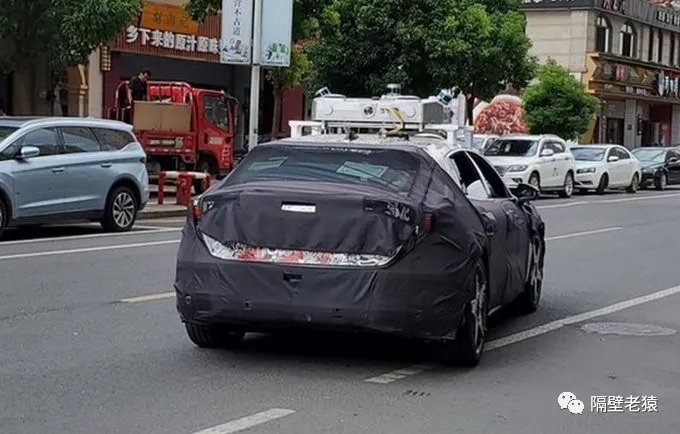
According to information collected by the senior developer, the body size of this car is 485019801530 mm with a wheelbase of 2999 mm, which belongs to a medium-to-large-sized car. The appearance of the spy photos gives people the feeling of a crossover car, belonging to the same type as the Volvo V90 and the Porsche Panamera Sport Turismo. Personally, I quite like this type of car, which looks better than an SUV and can carry more than a sedan.
Back in 2017, Lynk & Co also released a concept car called CCC, which is said to be the prototype of DC1E. However, the concept car is a coupe, while DC1E tends to have a crossover style.
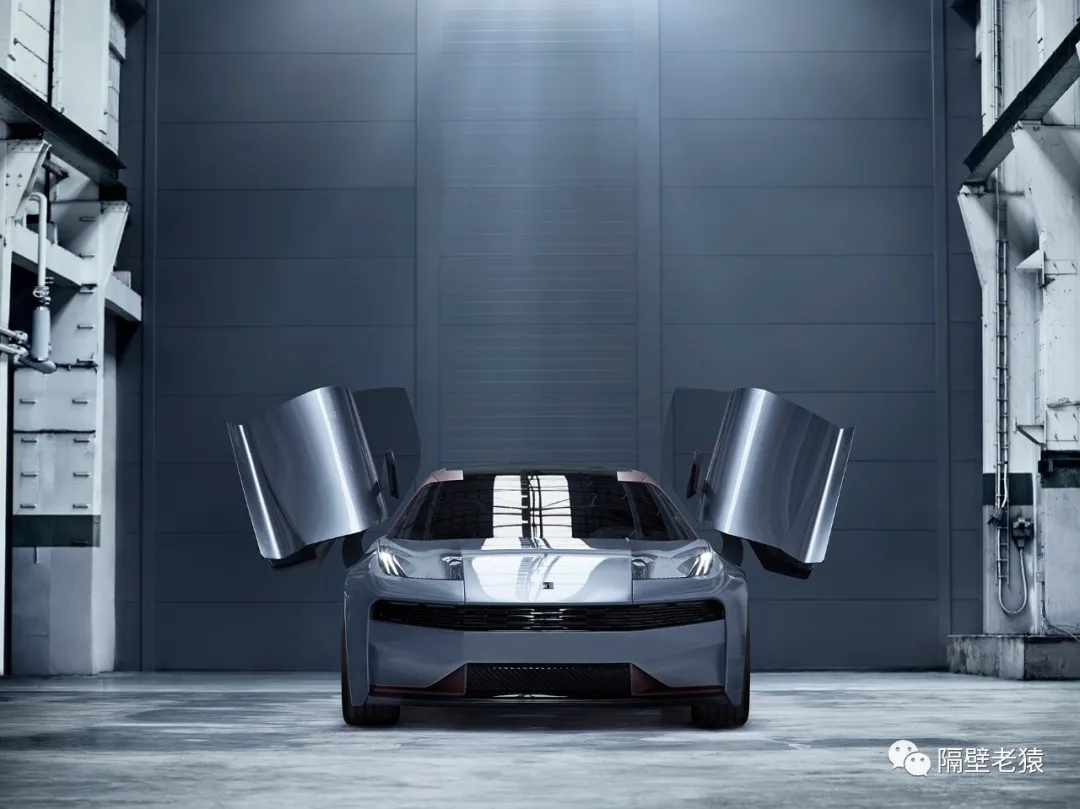

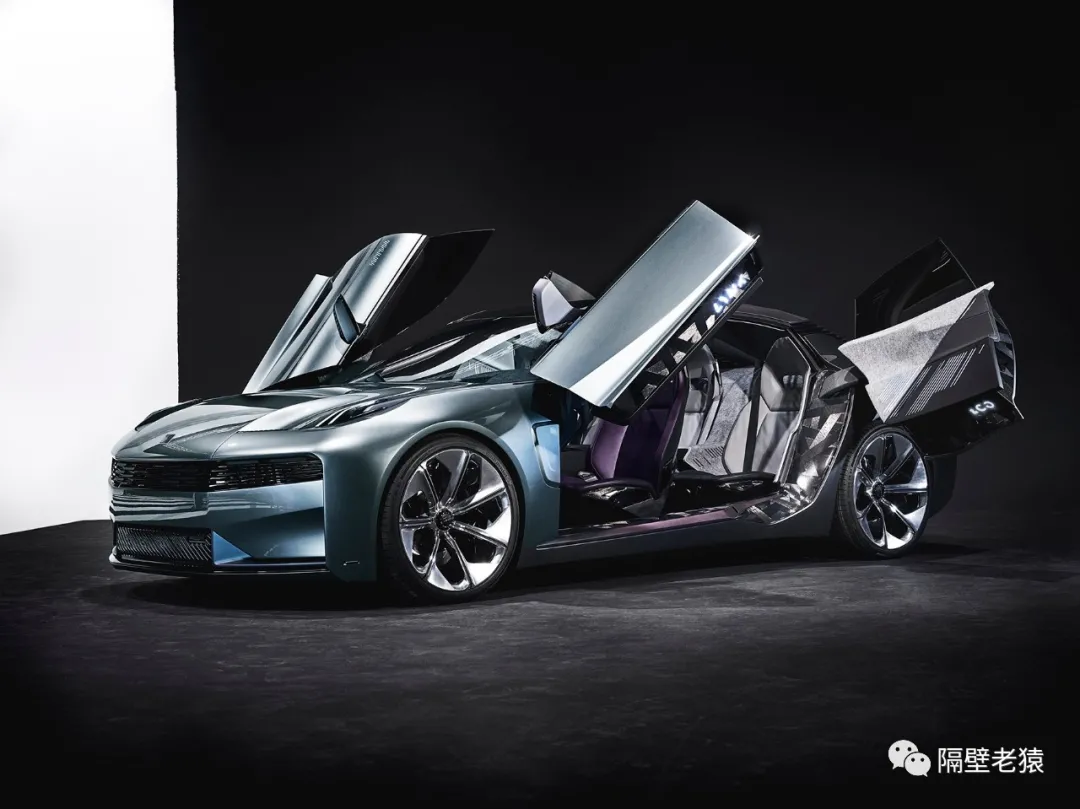
After reviewing the concept car, let’s continue to talk about the DC1E. Looking at the spy photos alone may not be intuitive enough, but don’t worry, I have also found a few real shots for everyone.
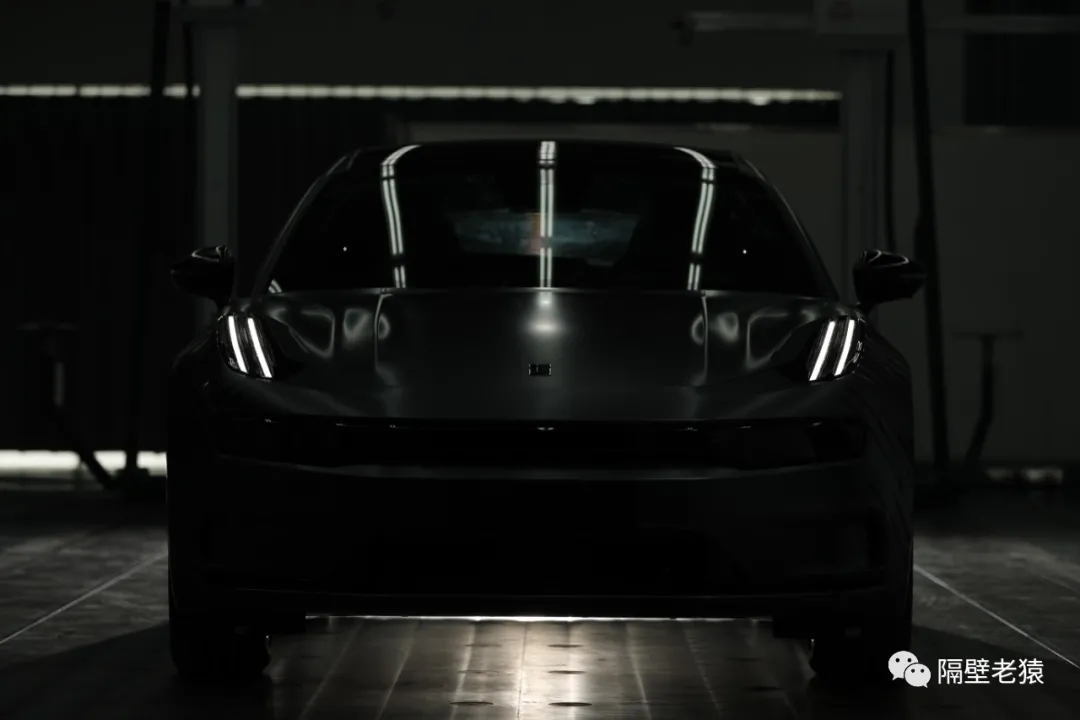
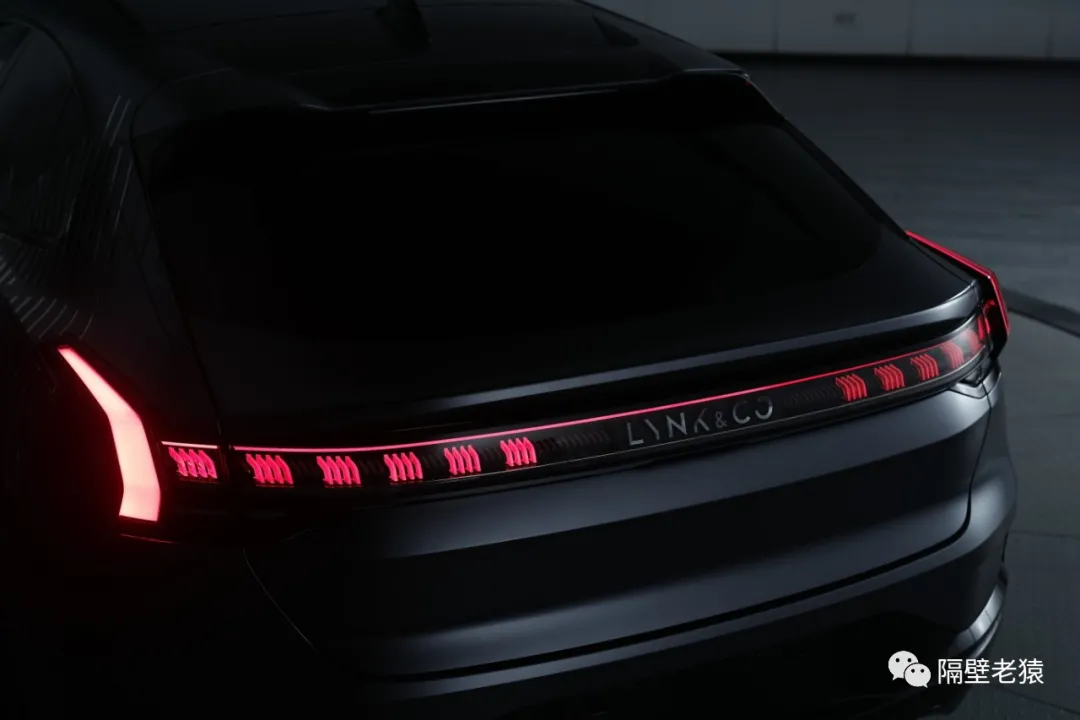
In terms of recognition, the overall design of this car is still in line with Lynk & Co’s family style, which has been used in SUVs and sedans, and some people think it is suitable for SUVs, while some believe it is better for sedans. It depends on personal opinion.
From the front view, you can clearly feel that the overall thickness of the front of the car is thinner than the 03 model, and the visual center of gravity is lower. The reason for this is that the width of DC1E’s body is wider, giving it a certain visual effect. In addition, cars based on the CMA architecture generally have a higher roof position, resulting in a thicker front, but this is not a problem for the DC1E, which is based on the PMA architecture.The tail lights of this model are different from previous ones, with a flat through-design and an emblem that resembles the Porsche. The matrix LED lighting units inside give a sense of digital technology. The vertical glowing units, arranged in groups of four, may echo the car’s name. Some online sources suggest that the car is called 08, but that hasn’t been confirmed.
In the side view, some details can be noticed. The DC1E’s wheel arches are pronounced and muscular, giving the car a coupe-like profile.
There are currently very few electric cars with a coupe-like style, such as the Tesla Model S, the Porsche Taycan, and the recent Lucid Air. This is not because car manufacturers don’t want to make pure electric coupes, but mainly because it is challenging.
The mainstream batteries are rectangular, and the pack’s height is usually over 140 mm. Putting such a pack into a sedan sacrifices either interior space or the car’s posture, resulting in a crossover model.
Tesla uses cylindrical batteries, which have an inherent advantage in height, whereas Porsche and Lucid hollow out the rear legroom to accommodate batteries.
As for how the DC1E’s battery pack is arranged, we don’t know yet, but we can confirm that this car has a range of over 700 km.
In terms of design, the DC1E also has hidden door handles, which are likely designed for aesthetics and reduced wind resistance.
By the way, at the rear door and wheel arch of this model, there is some text. We won’t reveal its meaning today. That’s all for now about the DC1E. We will share more information with you soon.
This article is a translation by ChatGPT of a Chinese report from 42HOW. If you have any questions about it, please email bd@42how.com.
